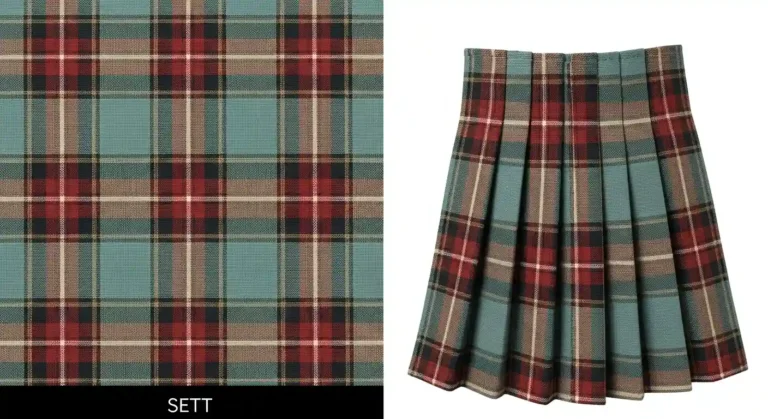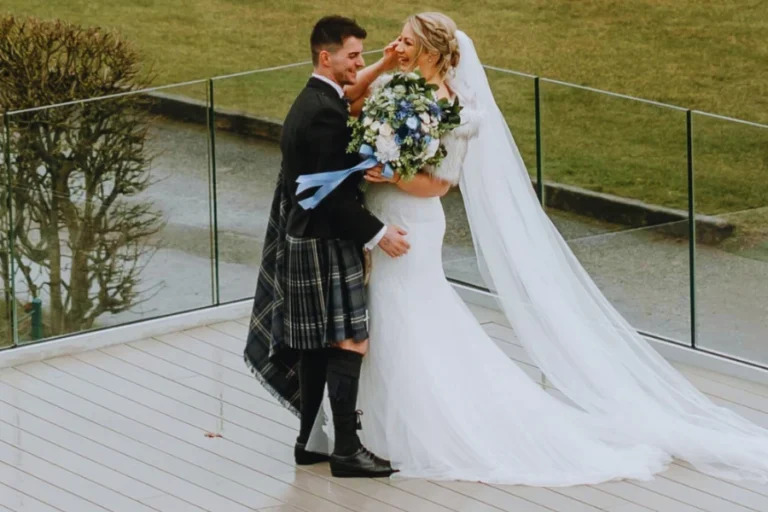Why Kilts Are Gaining Popularity Worldwide
For a garment so deeply rooted in one corner of the world, it’s interesting—actually, surprising—to see how far the kilt has traveled. Not just geographically, but culturally. What began as traditional Highland wear has found its way onto city streets, into weddings, onto sports fields, fashion runways, and even, in quieter ways, into everyday wardrobes.
But why? What is it about the kilt—this pleated, often woolen, skirt-like thing—that’s suddenly so… well, everywhere?
The answer isn’t singular. It’s layered, like most things in fashion and identity. Part practicality, part symbolism, part rebellion, part style. Let’s try to unpack it, slowly, maybe a bit imperfectly, because that’s usually how people actually think.
The Globalization of Heritage
To start, there’s heritage. For many people, especially those with Scottish ancestry (or even distant connections), the kilt is more than a piece of clothing. It’s a signal—sometimes subtle, sometimes loud—of identity. Wearing a tartan kilt can feel like honoring something ancestral, even if you’re a few generations removed and not entirely sure which clan you’d technically belong to.
But here’s what’s changed: the concept of heritage has expanded. You don’t necessarily need to be Scottish to appreciate the idea of cultural dress. People adopt and adapt garments now in ways that are more about respect than strict lineage. The lines have blurred. For better or worse, global fashion isn’t limited by origin anymore.
That might make some purists cringe, but at the same time, isn’t that how traditions grow? When they stretch a bit? When they’re reinterpreted, not just preserved?
Modern Fashion Is Craving Something Different
There’s also this undeniable fact: fashion, as an industry and as a cultural force, has grown tired of sameness.
For years, streetwear and fast fashion have dominated with predictable patterns—sneakers, hoodies, jeans. But lately, there’s a noticeable tilt toward the unconventional. Kilts tap into that. They’re dramatic without being flashy. Structured, yet fluid. Familiar in silhouette (because, let’s be honest, we’re used to skirts) but still bold when worn by men.
Designers have noticed. Alexander McQueen famously integrated kilts into runway collections. Punk subcultures adopted them, not as a nod to Scotland, but as a statement of defiance. You’ll even spot them in gender-fluid fashion movements—where garments like the kilt challenge old binaries without having to shout about it.
So maybe it’s less about “bringing back tradition” and more about finding something—anything—that doesn’t feel overdone.
Comfort and Practicality (Really)
This part surprises people. Kilts are… comfortable.
Once you get used to them—and yes, the first few times feel strange if you’ve never worn one—they’re surprisingly functional. There’s airflow. There’s freedom of movement. Especially modern versions like utility kilts or athletic kilts, which are designed for walking, hiking, sports, or even just errands.
I wore a kilt to a friend’s summer wedding last year. It was hot, muggy, and everyone in suits looked miserable. Meanwhile, I was borderline breezy. And no, it didn’t feel like a costume. It felt… correct, somehow.
That practicality is a bigger factor than you might expect. People want clothes that feel good. Even if they didn’t expect a kilt to be one of those things.
A Quiet Rebellion Against Fast Fashion
This one’s harder to quantify, but it comes up often in conversations about kilts. People are tired of fast fashion—its ethics, its waste, the fact that so much of it falls apart in a year. Kilts, especially quality ones, are made to last. They’re not seasonal, not trend-chasing.
In a way, wearing a kilt can feel like opting out of something. You’re not trying to be trendy; you’re choosing something that feels meaningful, that might even get better with time.
And that small decision—to wear something unusual, rooted in craft, made with intention—it adds up. Especially in a world that keeps urging us to consume faster, cheaper, now.
Weddings, Events, and the “Occasional Wear” Boom
One place kilts have really taken hold is in the wedding world. Grooms looking to avoid the cookie-cutter tuxedo often land on kilts as an alternative. And not just Scottish weddings. Even in the U.S., Canada, Australia—you’ll see kilted grooms or even entire wedding parties.
Why? Maybe because a kilt adds something ceremonial without being stuffy. It elevates the occasion. It says, “This matters,” but not in a boring way.
The thing is, that one-time decision often leads to more. Someone wears a kilt once, then realizes it’s actually wearable beyond formal events. It becomes part of their wardrobe rotation, especially if they’ve gone the custom tartan route and now own something they’re proud of.
That entry point—ceremony—turns out to be a gateway.
The Fitness Crowd and Athletic Kilts
There’s another, newer group that’s embraced the kilt: athletes.
Now, I know. It sounds odd at first. Why would anyone wear a kilt to work out?
But athletic kilts are designed specifically for movement. They’re often made from lightweight synthetic fabrics, designed for airflow, and they allow a full range of motion. Highland Games competitors wear them, of course, but so do trail runners, hikers, and even gymgoers who are just… curious.
And again, it loops back to comfort. Once someone realizes a garment can move with them instead of against them, it makes sense. Function starts to override formality.
A Blend of Individualism and Community
Here’s where it gets a bit abstract, but I think it matters.
Scottish Kilts are personal. You choose your tartan, your length, your accessories. There’s a process. And yet, when you wear one, you’re also aligning yourself with a broader tradition. You’re part of a story. There’s this strange but beautiful tension between standing out and fitting in.
Some people are drawn to the individuality. Others like the lineage. Most hover somewhere in between.
And in a time where so much of life feels generic or disconnected, there’s something grounding about that duality. Wearing a kilt reminds you that you belong—to a family, a culture, a moment—but also that you’re your own person.
It’s Not Just a Trend. It’s a Shift.
Is the kilt “trending”? Technically, yes. Google searches are up. Social media posts are rising. Sales, too.
But I think that word—trend—can be misleading. Trends fade. This feels different.
What we’re seeing now is less about novelty and more about reimagining identity through what we wear. It’s about challenging gender norms. It’s about reconnecting with roots, even distant ones. It’s about rejecting fast fashion and leaning toward pieces with presence.
So if kilts are showing up more, it’s not because people want attention. It’s because, somehow, this centuries-old garment still fits. Not just physically, but philosophically.
Final Thoughts
Kilts aren’t going to replace jeans. They won’t suddenly become everyday wear for everyone. But they’ve crossed over in a way few traditional garments ever have.
They’re not stuck in museums. They’re not just for bagpipers. They’re not even just for Scots.
Kilts are gaining popularity because they mean something—and because, in a world full of sameness, they stand out without trying too hard.
Maybe that’s what makes them timeless. Or maybe not. But either way, people are paying attention. And, more and more, they’re putting one on.












